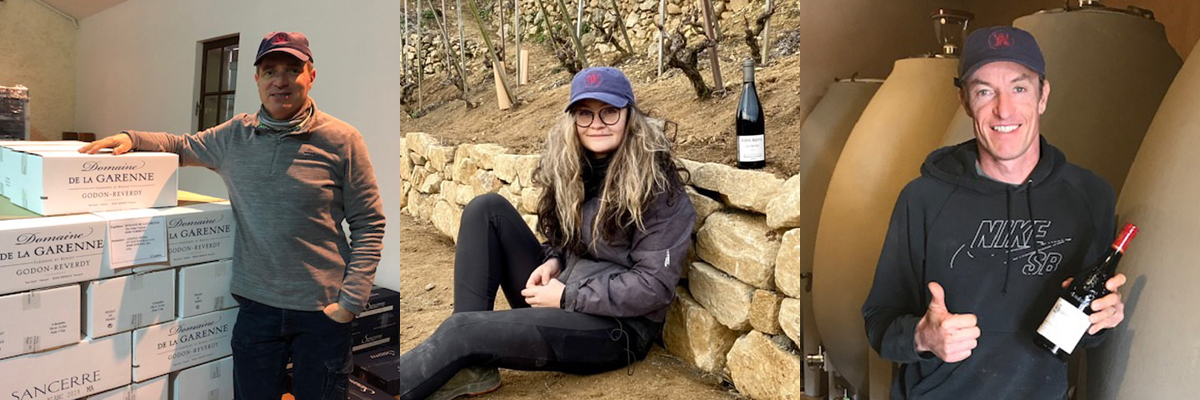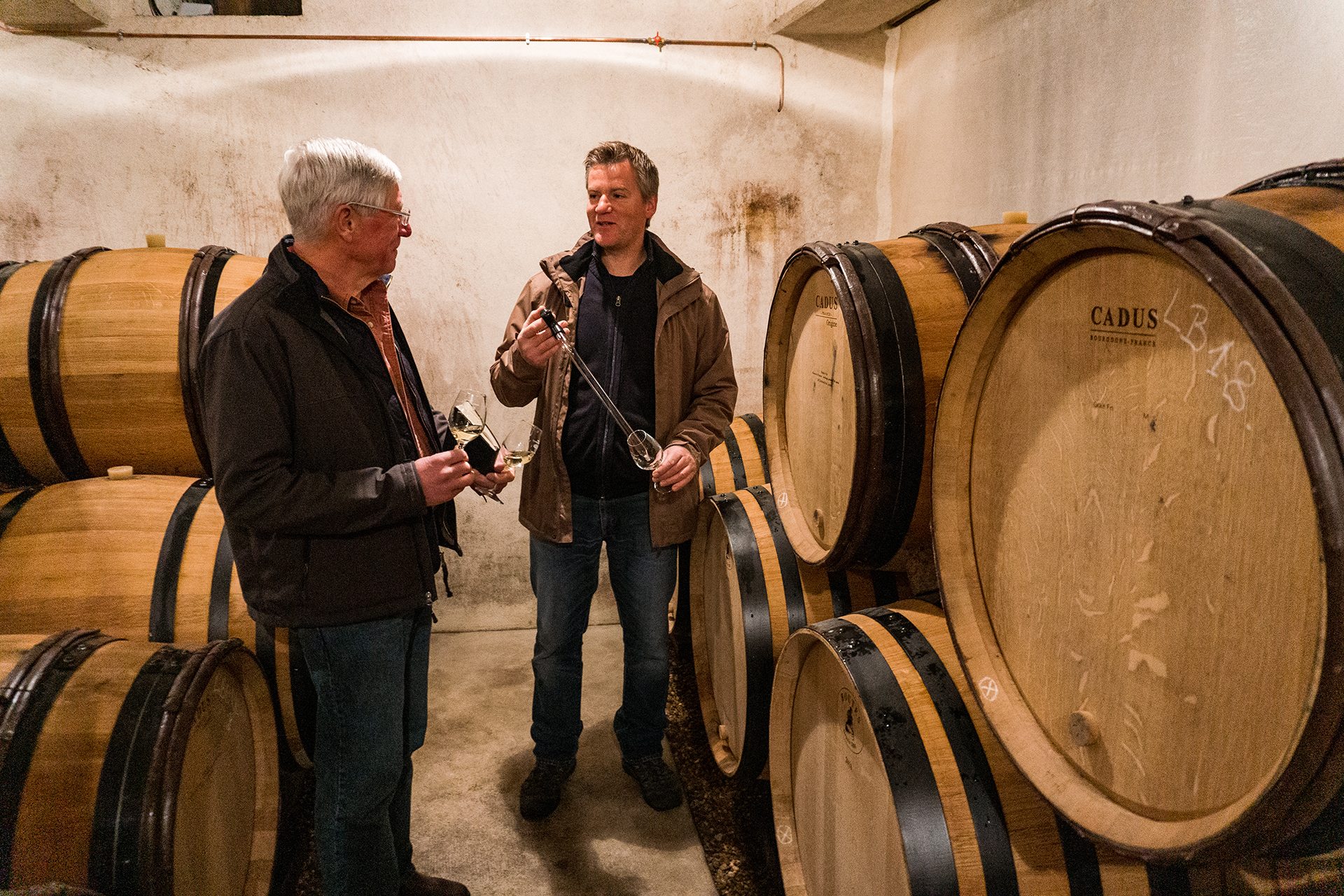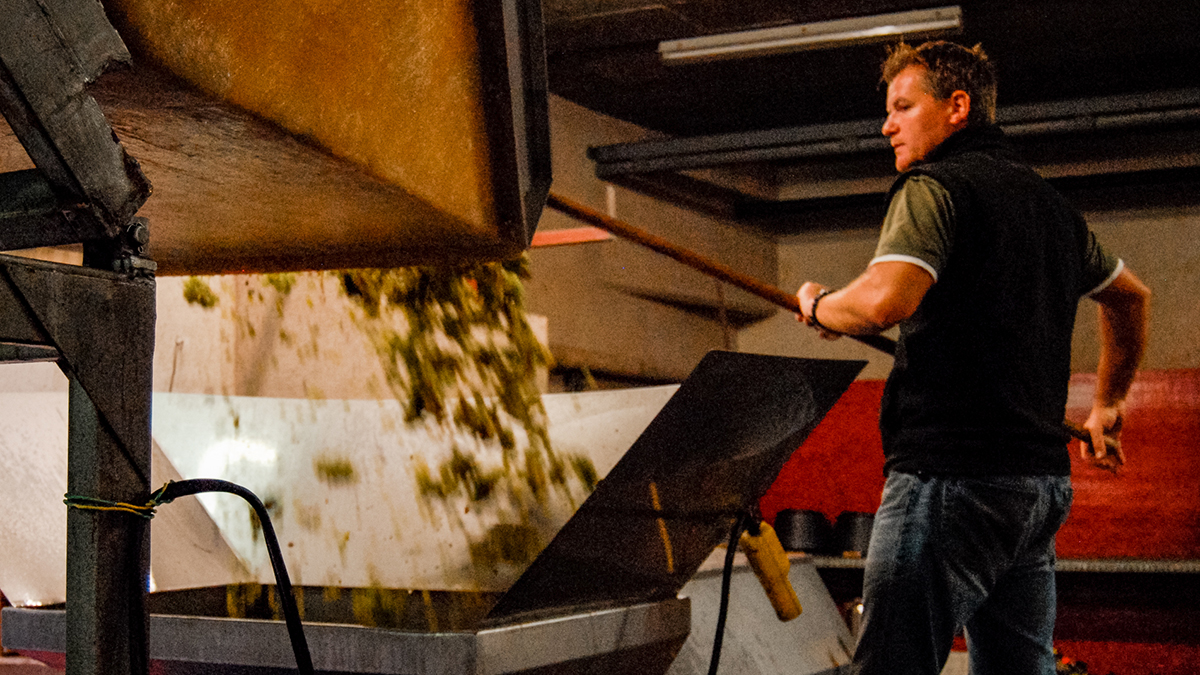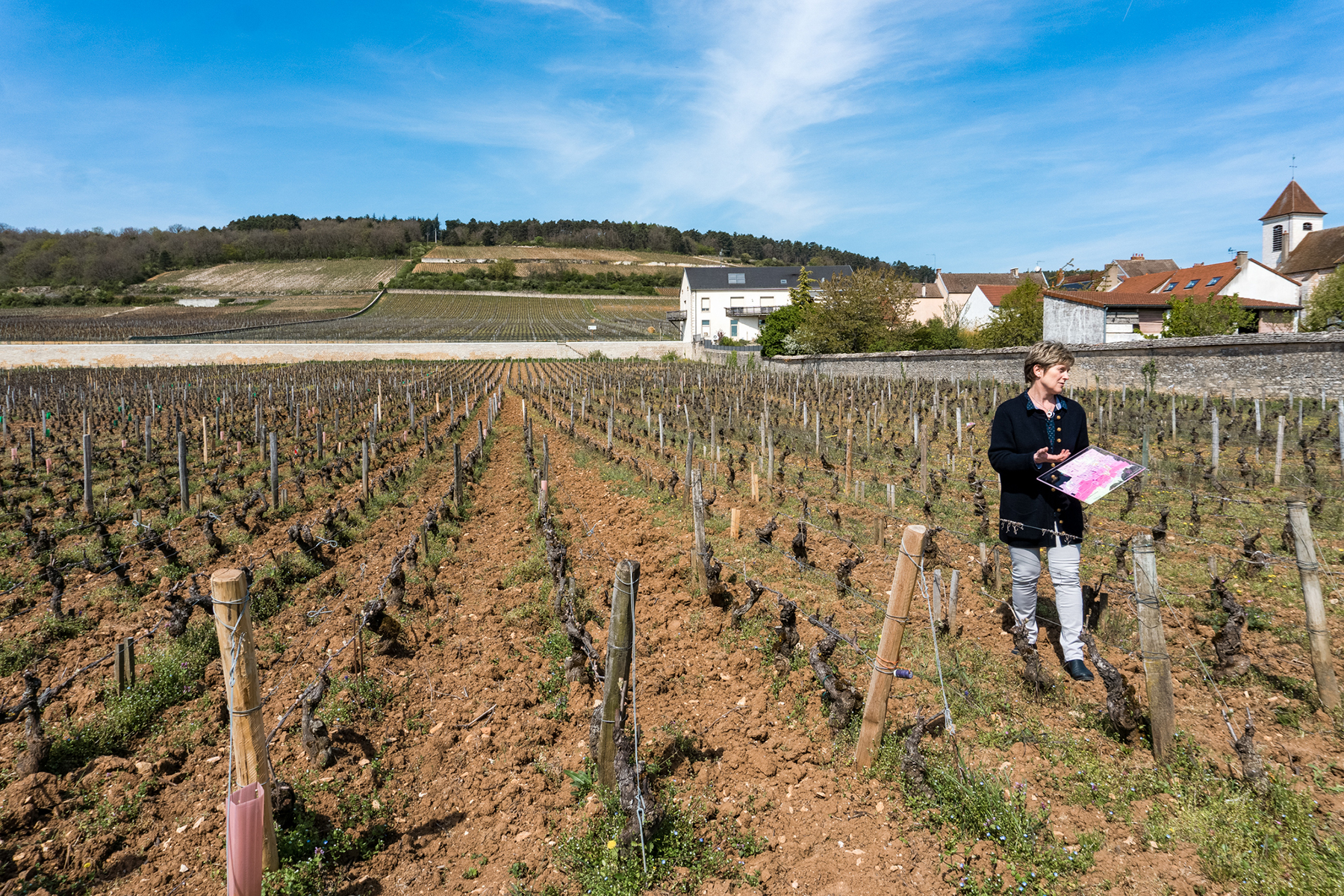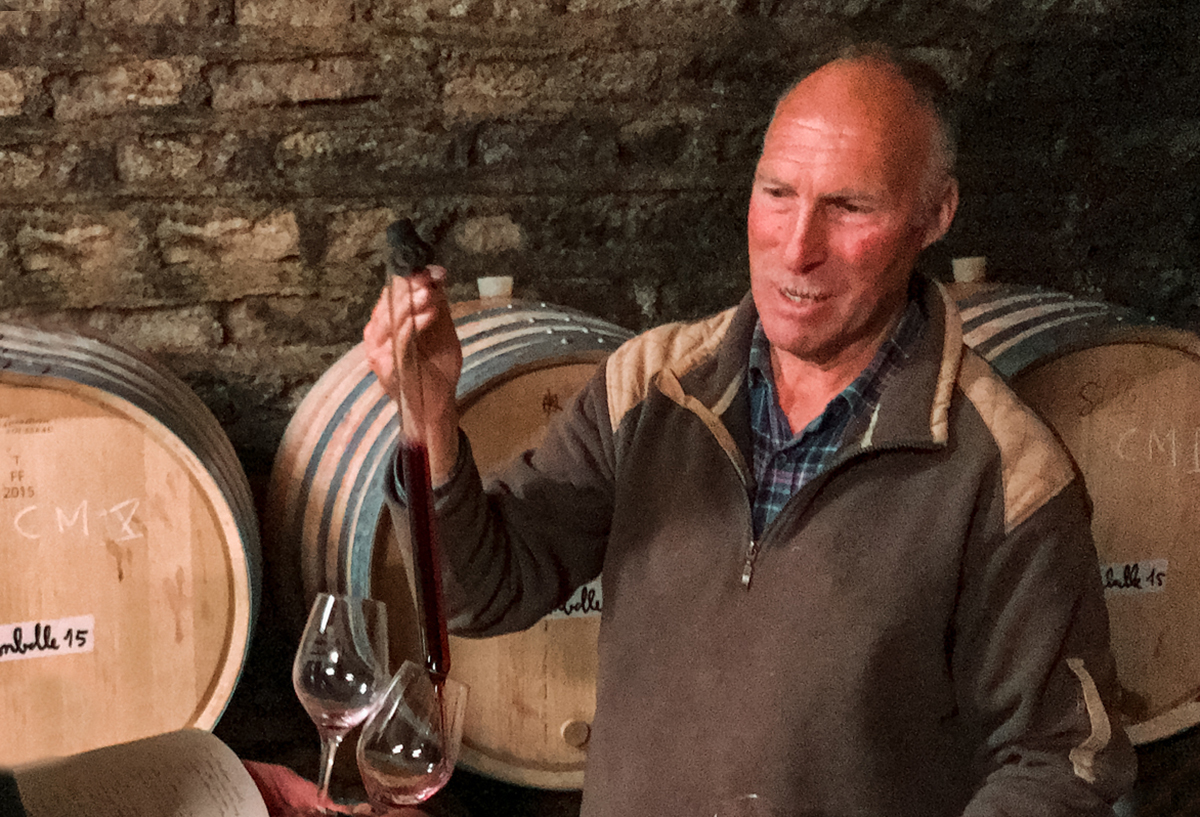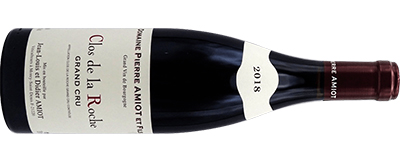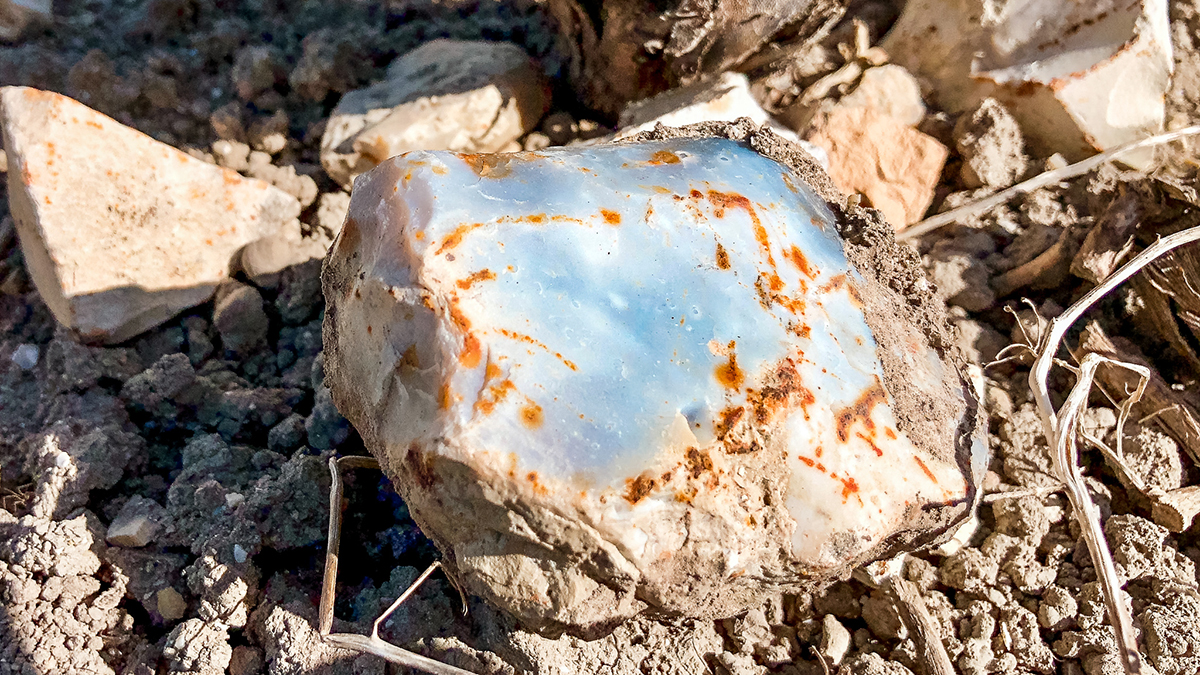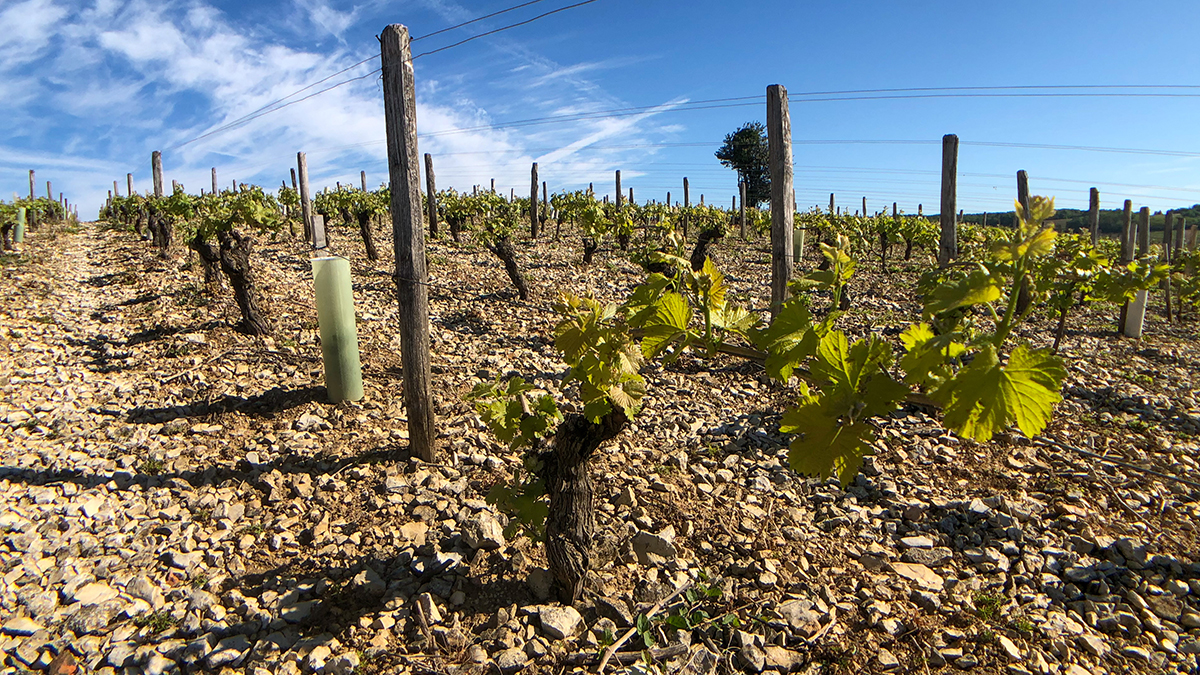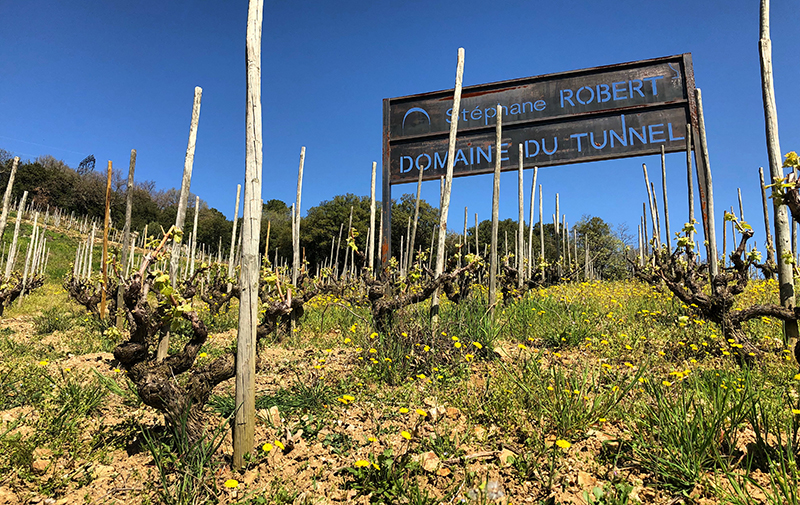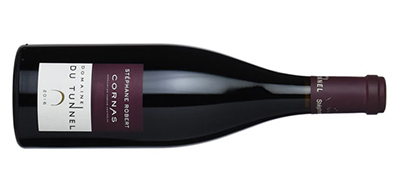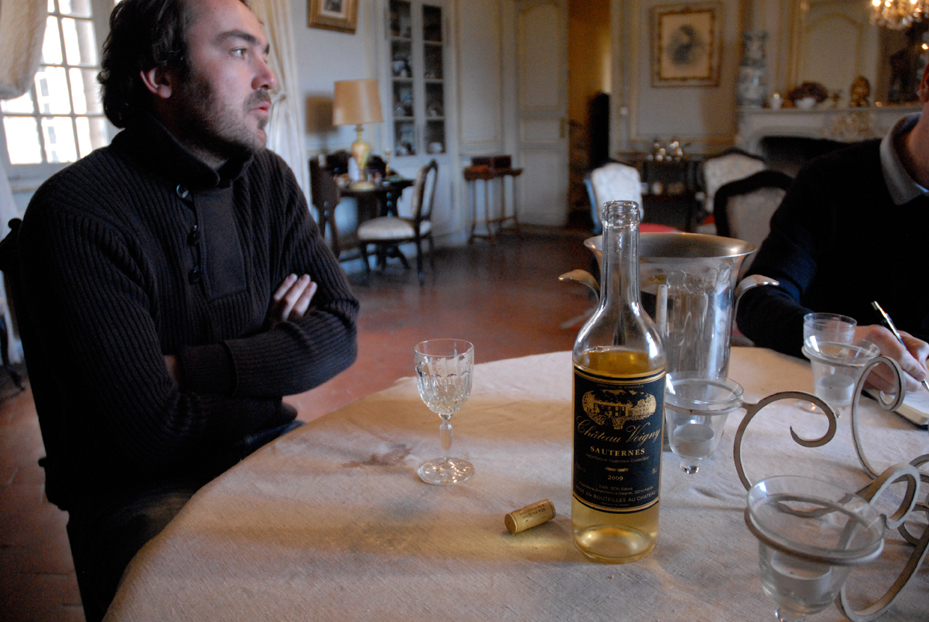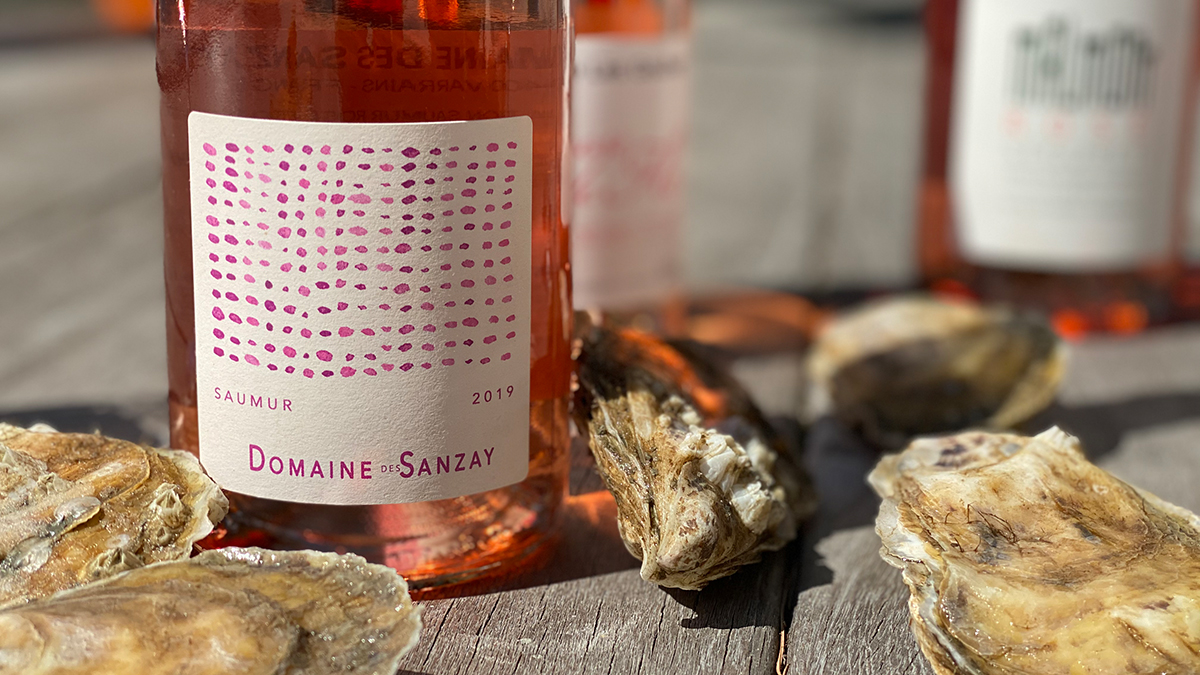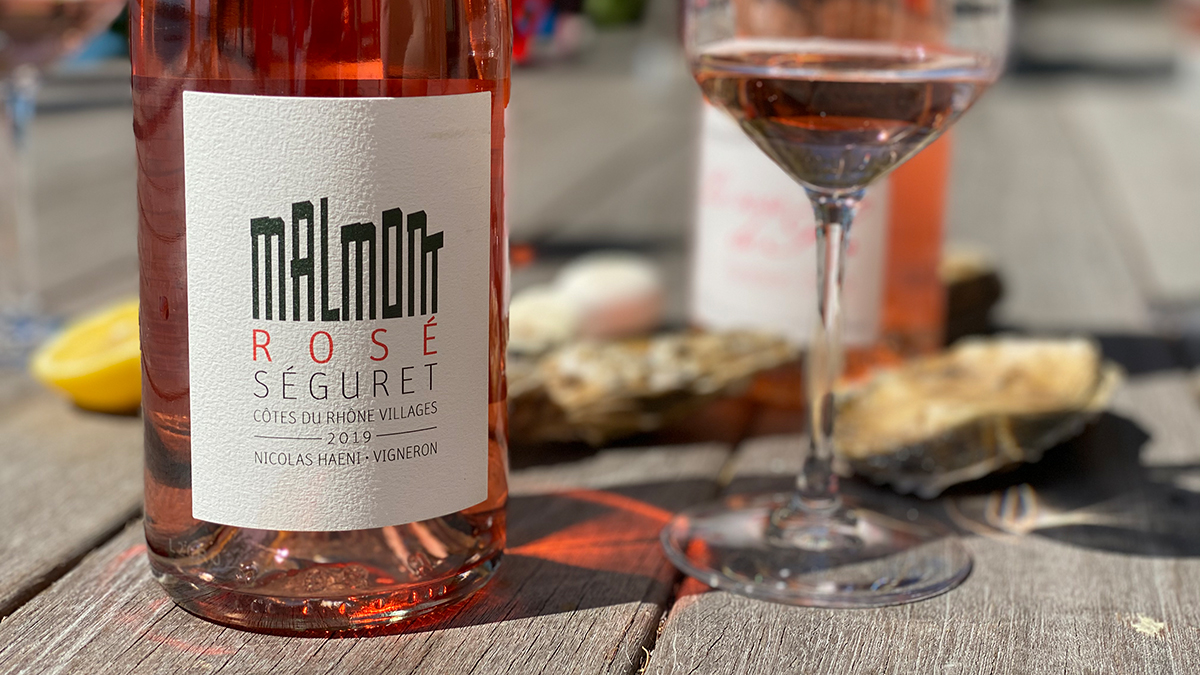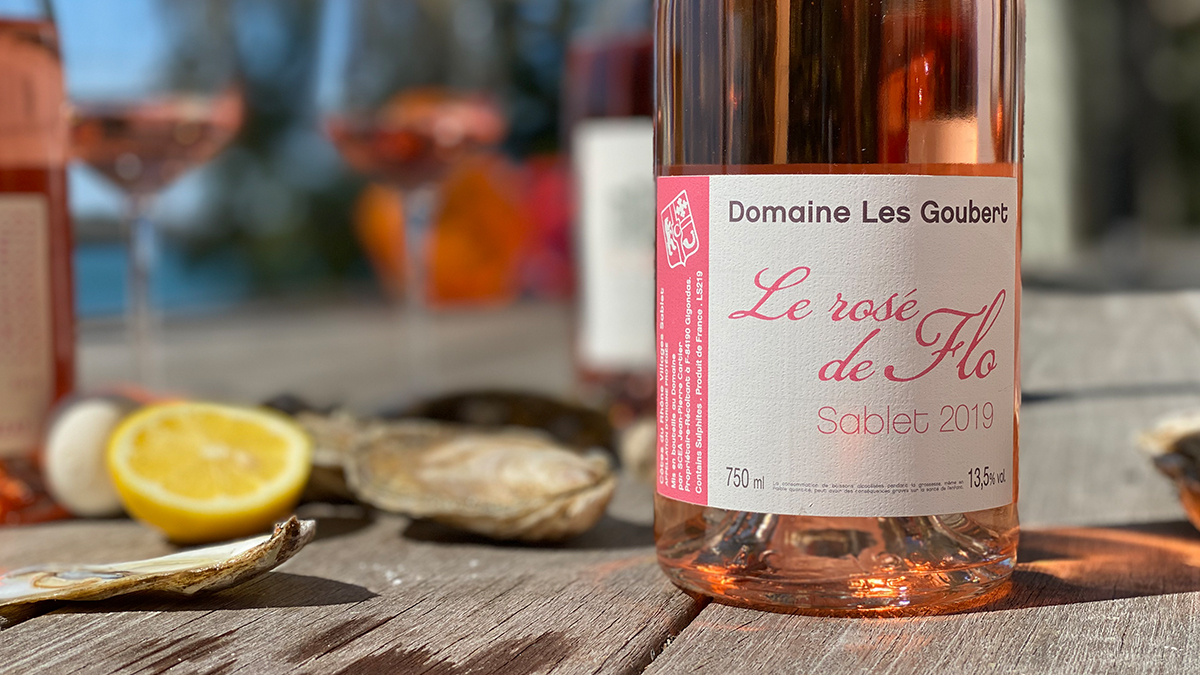With the coming Spring and the likelihood of widespread vaccine availability by summer, there’s growing optimism across this country that the worst of the pandemic is behind us. The same hope is no doubt stirring in the vineyards of France, if perhaps at an earlier stage. Because we couldn’t get there ourselves to taste and share a glass with our French friends this spring, we sent some Ansonia baseball caps and a bit of New England maple syrup to producers this winter. The response was as enthusiastic as it was unsurprising: they’re every bit as tired of this pandemic as we are, and just as anxious to resume normal lives, both in the vines and in their villages. Despite all the trouble, there have been at least two compensations. First, the weather has continued to produce ripe, high quality vintages, and maladies of the grapes and vines have been less widespread than they often are. We have been pleased to find a wide range of wines showing beautifully, and we are delighted to offer them here.
And second, if the prices in this issue look particularly attractive, you’ve got a sharp eye. After 16 months of tariffs on a majority of the wines we import, relief arrived just days ago in the form of a temporary (we hope eventually permanent) reprieve. We hope that between excellent values and spreading immunity, we’re all able to enjoy the relaxing summer we need and deserve. March Futures always features a grab-bag of wines, and 2021 is no exception — 36 wines to choose from this year, from a dozen winemakers. In Burgundy we feature wine in both colors, including a few with a couple of years under their belts. From the Loire Valley we have Sauvignon Blanc and Pinot Noir from Sancerre, and Cabernet Franc from Chinon. We also have terrific dry whites from Alsace, classic Cornas from the Northern Rhône, an exciting new natural source in the Roussillon, and some old favorites in Bordeaux. And as usual in March, we’ve come up with four rosés to help you get ready for the summer season. We think there should be something here for every palate and budget; we expect the wines to arrive in May. If you find anything of interest, be sure to get your orders in by the Order Deadline of March 21. We will place orders for the wine immediately thereafter. JUMP TO SECTION
Prunier
Ravaut
Encores: Amiot/Gros
Frey
Garenne
Doulaye
Tribouley
Tunnel
Ramafort
Voigny
Rosés
